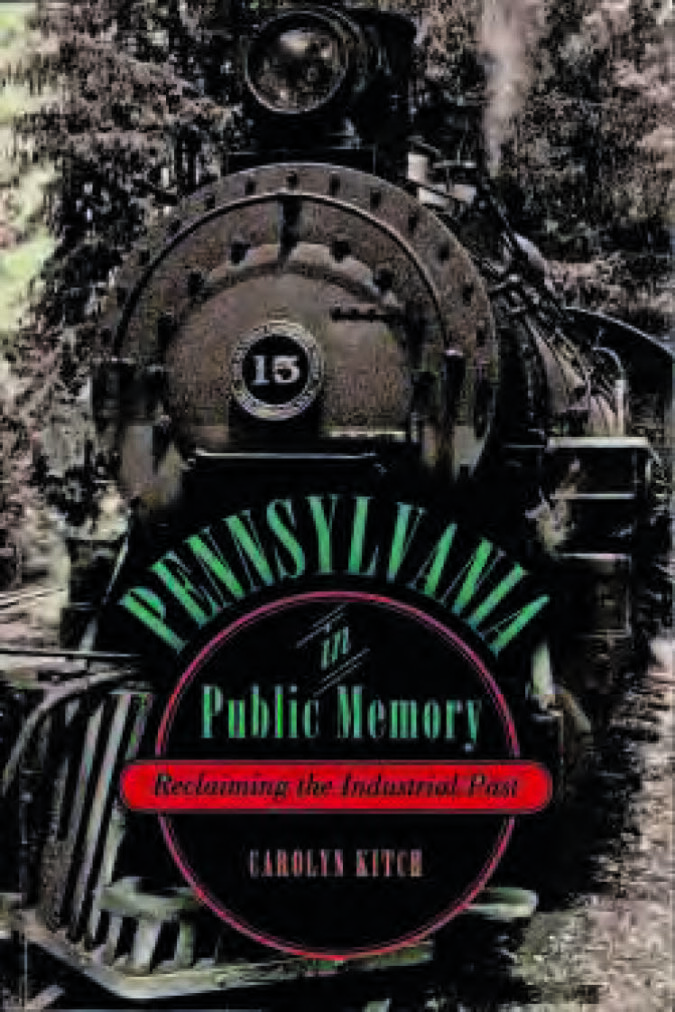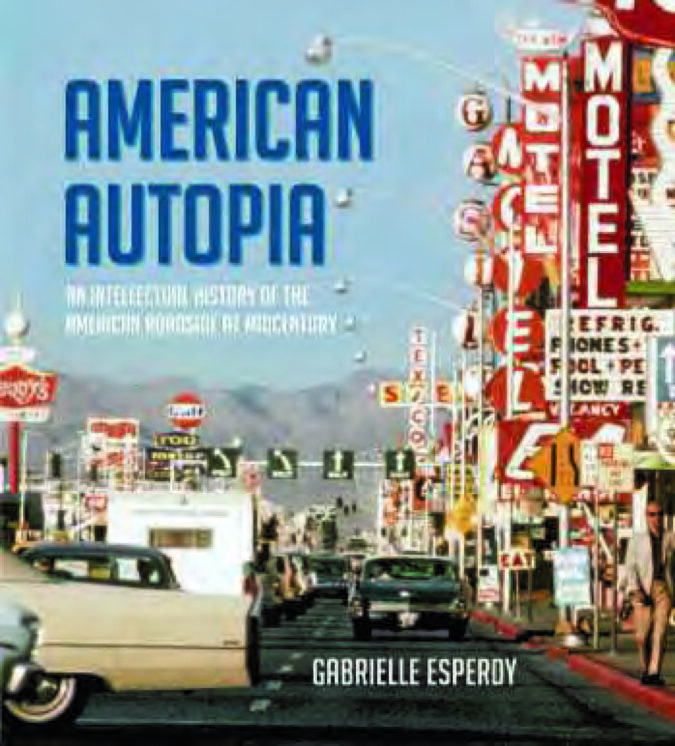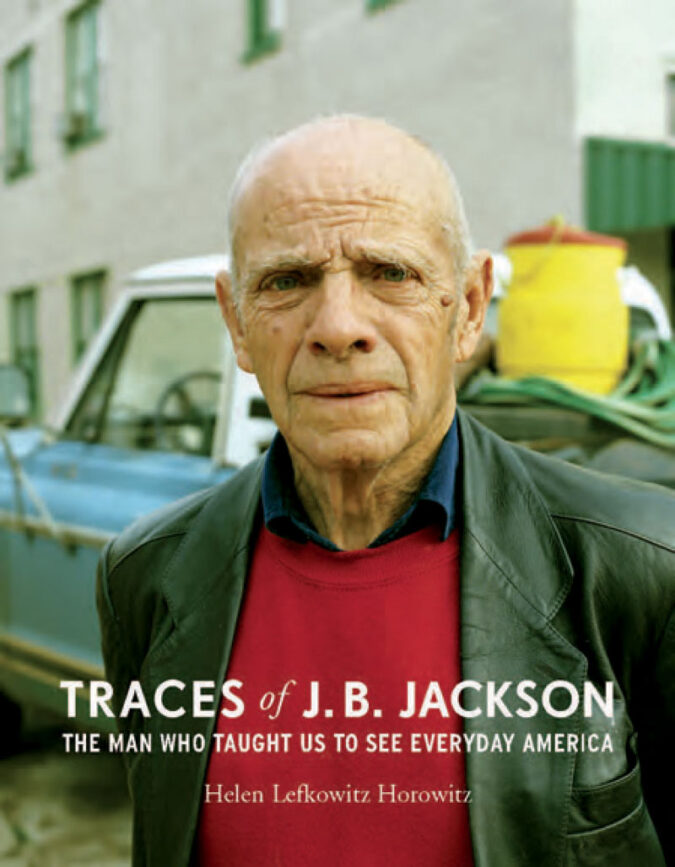Pennsylvania in Public Memory: Reclaiming the Industrial Past
 Pennsylvania in Public Memory: Reclaiming the Industrial Past
Pennsylvania in Public Memory: Reclaiming the Industrial Past
By Carolyn Kitch
University Park: Pennsylvania State University Press, 2012
260 pages, $23.99, Paperback
Reviewed by Harold Aurand Jr.
Our Statement of Purpose appears inside the front cover of every issue of the SCA Journal: “The purpose of the society is to recognize the unique historical significance of the twentieth-century commercial built environment and cultural landscapes of North America.” That means we focus on stores, hotels, restaurants, gas stations, tourist attractions, and their advertisements and ephemera.




 American Autopia: An Intellectual History of the American Roadside at Midcentury
American Autopia: An Intellectual History of the American Roadside at Midcentury
 Traces of J.B. Jackson: The Man Who Taught Us to See Everyday America
Traces of J.B. Jackson: The Man Who Taught Us to See Everyday America